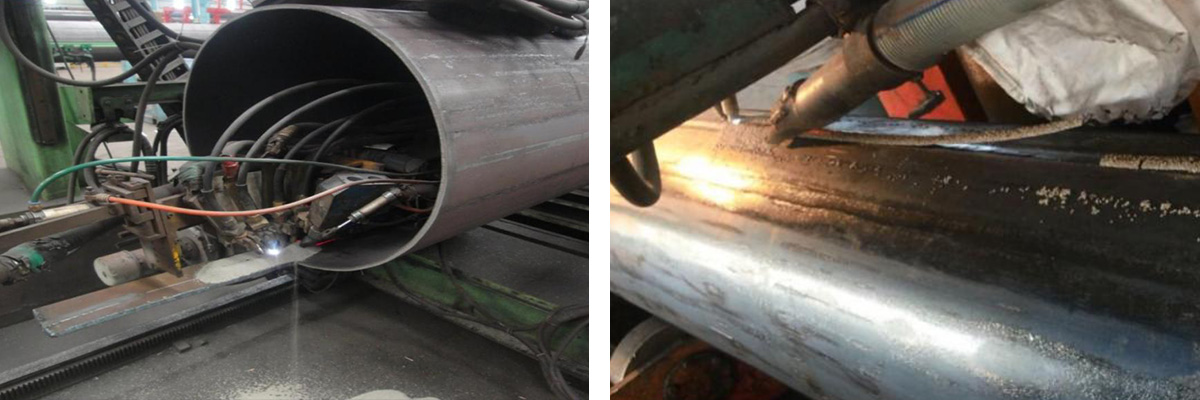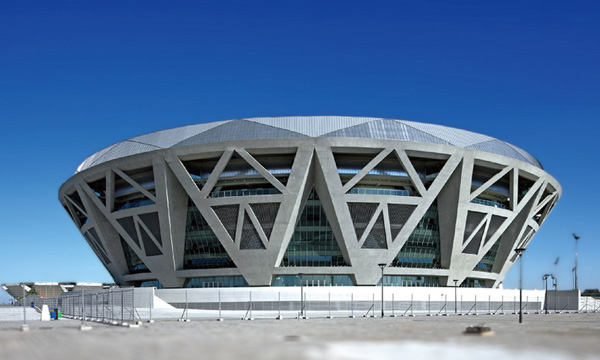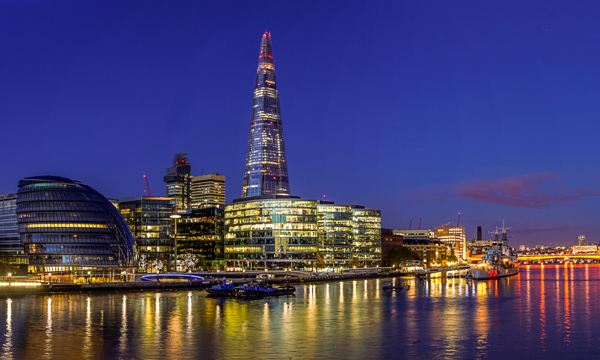NEWS / PHOENIX
Surfacing Welding Technology for Restoration of Bulldozer Reduction Gear by Manual Arc Welding
- Categories:Industry News
- Author:
- Origin:
- Time of issue:2023-05-19
- Views:0
(Summary description)Overlay welding is a welding process that deposits a layer of wear-resistant, heat-resistant, and corrosion-resistant metal layers on the surface or edge of the workpiece. Overlay welding can repair old metal parts, so as to prolong the service life of parts and reduce costs. This paper takes manual arc welding surfacing welding bulldozer reducer gear as an example to illustrate this kind of repair process.
Surfacing Welding Technology for Restoration of Bulldozer Reduction Gear by Manual Arc Welding
(Summary description)Overlay welding is a welding process that deposits a layer of wear-resistant, heat-resistant, and corrosion-resistant metal layers on the surface or edge of the workpiece. Overlay welding can repair old metal parts, so as to prolong the service life of parts and reduce costs. This paper takes manual arc welding surfacing welding bulldozer reducer gear as an example to illustrate this kind of repair process.
- Categories:Industry News
- Author:
- Origin:
- Time of issue:2023-05-19
- Views:0
Overlay welding is a welding process that deposits a layer of wear-resistant, heat-resistant, and corrosion-resistant metal layers on the surface or edge of the workpiece. Overlay welding can repair old metal parts, so as to prolong the service life of parts and reduce costs. This paper takes manual arc welding surfacing welding bulldozer reducer gear as an example to illustrate this kind of repair process.
Bulldozer reducer gears are mostly made of 20CrNi3 or 18CrMnTi forged steel, and the hardness of the gears after heat treatment is 50~54HRC. According to technical requirements, the process of repairing gears by electrode arc surfacing welding is as follows:
1. Preparation before surfacing
(1) Clean and treat the tooth surface
Clean the tooth surface before welding, and grind the tooth surface with an angle grinding wheel, so that the tooth surface reveals a metallic luster. At the same time, check the tooth surface for no cracks.
(2) Prepare welding rod
Use E5016 or E5017 electrode for surfacing welding bottom layer, and use A102 stainless steel electrode for surfacing welding surface layer. Electrodes should be dried according to regulations before use, and alkaline low-hydrogen structural steel electrodes should be dried at 350~400°C for 1~2h. The dried electrodes are placed in an incubator at 100~150°C, and can be used as needed.
(3) Select welding machine
Choose a DC arc welding machine, and choose the polarity correctly, and use the DC reverse connection method when using basic electrodes. Before welding, the welding machine should be tested to confirm whether its arc ignition performance and arc stability are good, and whether the process parameters are easy to adjust.

2. Welding gear repair process
(1) Select the appropriate process parameters
Select the proper welding power source with correct polarity. If the whole gear is broken from the root, use E5016 electrode to surfacing to 1/3 of the tooth height, and then use A102 electrode to surfacing the remaining 2/3. Short-arc welding with a diameter of 4mm electrode is used, and multi-layer and multi-pass welding is used. The welding current can be selected according to the empirical formula Ⅰ=(35~55)d (electrode diameter).
When in the flat welding position, a larger welding current can be selected; when welding in the horizontal, vertical, and overhead welding positions, the welding current is 10-20% smaller than that of flat welding. The current of alkaline electrode is about 10% smaller than that of acid electrode, and the current of stainless steel electrode is about 20% smaller than that of carbon steel electrode.
(2) Preheating
Preheating can reduce the cooling rate and improve the stress condition, which is an important measure to control hot cracks and cold cracks. Before surfacing welding, preheat the broken teeth of the workpiece to 200°C with oxygen and acetylene flame welding tools, which can effectively reduce the occurrence of welding cracks.
(3) Overlay welding
First, use E5016 welding rod to carry out surfacing welding from the tooth root along the tooth width direction. The surfacing welding should be carried out in sections, and each welding meat should overlap by about 1/2. Each section is welded once, and the sections are welded symmetrically until the surfacing is formed and there is a slight margin. Welding slag should be cleaned after each pass to prevent slag inclusion and incomplete penetration.
Then use A102 austenitic stainless steel welding rod to surfacing the surface. A102 electrode has good weldability, but it is easy to produce thermal cracks. When welding, low current and short arc welding should be used to fill up the arc crater. In multi-layer welding, welding should be performed when the weld seam of the previous layer is cooled below 60°C to reduce the heat-affected zone.
In order to control the quality of manual arc surfacing and reduce the amount of fusion of the base metal into the weld metal, attention should be paid to controlling the dilution rate. The method is as follows: when surfacing the root, reduce the welding current appropriately, and make the electrode swing laterally to obtain a smaller penetration. Slow cooling should be carried out after welding to reduce the hardness, and then mechanical processing can be carried out.
(4) heat treatment
The surfacing layer after machining has low hardness and poor wear resistance. In order to improve the surface hardness, the machined gears are carburized, quenched, and then tempered at low temperature to eliminate internal stress. The quenching temperature is 750°C, and the coolant is diesel oil plus a small amount of engine oil. The tempering temperature is 180~200°C, and it can be cooled in the air after holding for 1.5 hours.
Scan the QR code to read on your phone
Hot Info
CONTACT US
Ms. Claire Wu
Phone: +86 371 6731 7666
Mobile:+86 156 1757 3337
Mailbox:phx@fenghuanghj.com
Address:NO.98 Dengfeng South Road,Shangjie District,Zhengzhou City
Copyright © Zhengzhou Phoenix New Material Technology Co., Ltd. 豫ICP备14018313号 Power by 300.cn







 +8615617573337
+8615617573337 WhatsApp
WhatsApp  phx@fenghuanghj.com
phx@fenghuanghj.com
